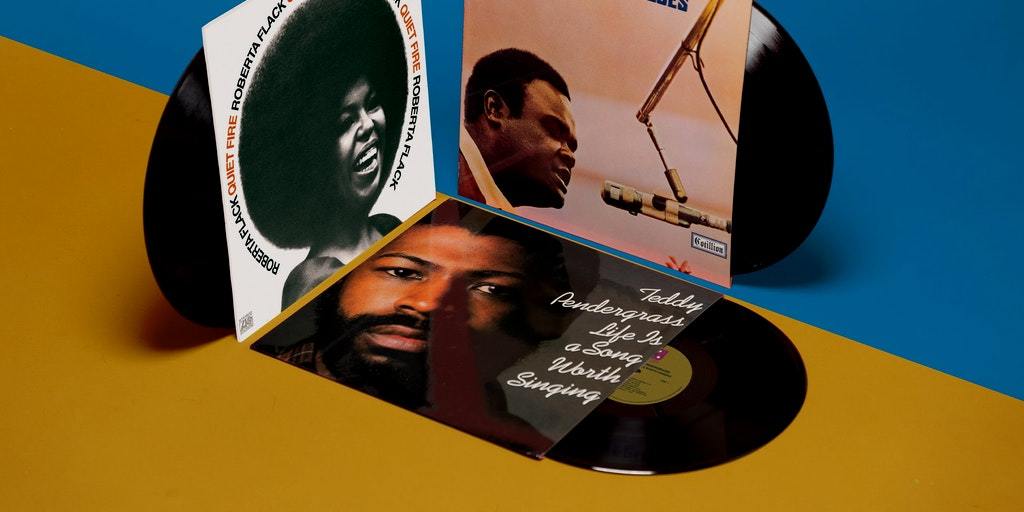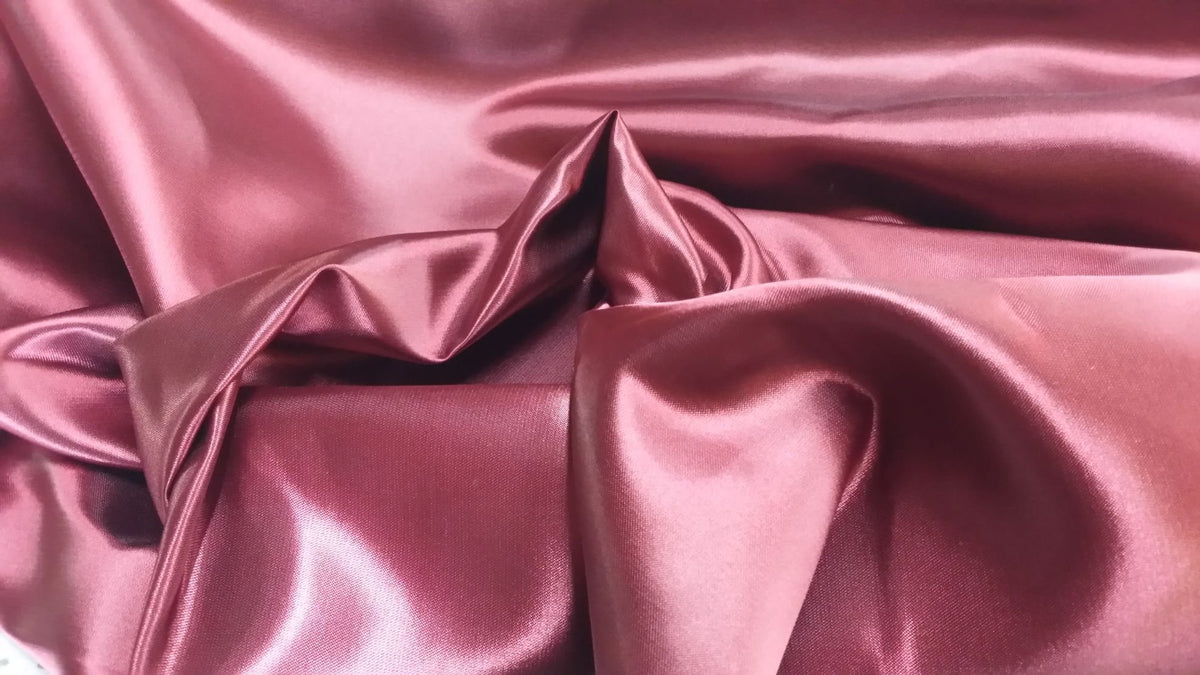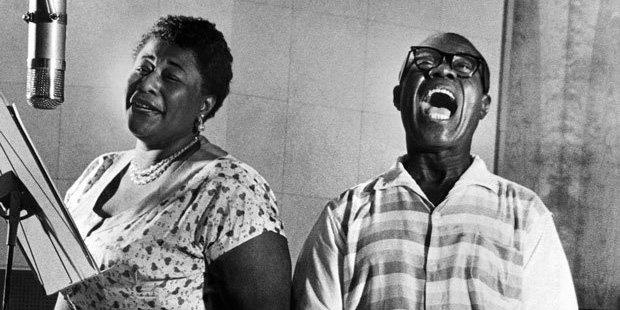Roberta Flack Burned Bright on ‘Quiet Fire’
Behind her underrated and far-too-often overlooked third album
To be both a quiet and a roaring fire is a feat. However, it is this description that perfectly denotes both the artistry of Roberta Flack and her far-too-often overlooked third album, Quiet Fire. On it, her music burns with singeing intensity and gives up a little funk all while conjuring up a halting soul, deep hush, and stillness. Flack would evoke the nearly impossible again and again throughout her career, but that skilled artistry started with this album, which maybe would have gotten the attention it truly deserved if it were released after the delayed popular response to Flack’s debut album, First Take.
This unusual trajectory was spurred by an unusual turn of events. Despite its 1969 release, First Take didn’t claim the No. 1 spot on pop and R&B charts until three years later in 1972. The inclusion of the single “The First Time Ever I Saw Your Face” in the film Play Misty For Me led to the record’s subsequent explosion. Actor Clint Eastwood heard it on the radio as he was driving and was so moved by the largely undiscovered gem of a song that he immediately called Flack and asked to use it in his directorial debut. This song catapulted Flack into superstardom, and it became not only an American smash, but an international one. This was well and good for Flack’s career and her first album, but it eclipsed Quiet Fire's months of rising sales and critical acclaim. Because of this, Quiet Fire would be her only album not to have a Top 40 hit. So goes history. However, in the opinion of more than a few fans, the underrated Quiet Fire represents some of her best work.
The album, like Flack herself, has a complex position in the annals of music history. Flack’s biography aligns, in many ways, with the narrative of Quiet Fire. Soon after this release, she was counted among the top-paid female performers in the mid-1970s. Yet, there were those who saw her music as too middle-of-the-road, too AM radio, too subdued and lacking the earmarks of soul expected of Black singers. Upon seeing her set for the first time, one harsh London critic reflected, “It’s nothing to do with the lack of talent, nor with the lack of imaginative arrangements ... but rather hinges on her predilection for ultra-slow numbers which sound like an old wind-up gramophone when it’s running out of steam.” Because Flack was embedded in an era with so many strong and distinctive female voices, she was often compared early on in her career to Aretha Franklin or Nina Simone.
Many of these reviews smacked of gendered and racialized expectations and frankly miscalculated her significance. Her full artistry is concurrently spotlighted and obscured. If one listens beyond her radio hits and takes in her fuller catalogue and her legendary live sets, the depth and range of her music, in all its many colors, are easy to hear. Her professional and wide-ranging musical background is also made apparent. She explained to one interviewer, “I would like to illustrate to my audience that music is a continuous stream of consciousness.” Quiet Fire certainly fulfills this ambition.
Flack’s musicianship began at a young age as a daughter to Laron and Irene Flack, a draftsman and school cook, respectively, who were both serious pianists on the side. Her mother played organ at church and her father was a jazz interpreter. She began playing while sitting on their laps. At the age of five, she moved with her family to Arlington, Virginia, a city a mere 20-minute drive from Washington, D.C., and all of its musical influences and genius. It is unimaginable that this close proximity to the Capital would not have had any impact on her musical persona, even if it only influenced those in her orbit. She has described her existence as an adolescent as a routine of school-church-practice. By the age of nine, she was well-studied in gospel and popular music. She would soon seriously study classical music, even winning second place in a 1952 statewide contest with her rendition of a Scarlatti sonata.
After skipping several grades, she obtained a piano scholarship to Howard University at the age of 15. She soon switched from studying piano to pursuing a music-education major. Like many Black female piano virtuosos, like Hazel Scott and Nina Simone, it was suggested to her that success as a classical concert pianist was unlikely given America’s racial barriers. The change in major was aimed at a sustainable career, but it also provided her with voice training, something that initially took a back seat to her musicianship. After completing her degree at 19, Flack taught music from 1959-1966. During this time, she continued to develop her own career, directing gospel choirs, giving voice lessons, and taking opera lessons.
She began to gig at night, eventually landing an ongoing residency at Mr. Henry’s on Capitol Hill in D.C. Due to her overwhelming popularity, the owner, Henry Jaffe, constructed an upstairs room especially for her performances. It had church pew seating and acoustics achieved via Flack’s specific sound preferences and preferred layout. The space was visited nightly by audiophiles, the local hip set, musicians and celebrities like Bill Cosby, Carmen McRae, Woody Allen, Johnny Mathis and Ramsey Lewis. She played jazz, folk, gospel, rock, classical and soul. Jazz pianist Les McCann, who would bring her to Atlantic Records, had heard about the 29-year-old performer. He described seeing her the first time in this way: “It was a good thing that I found a seat before she took her place at the piano and sang her first note, because my knees would never have made it standing ... her voice touched, tapped, trapped, and kicked every emotion.”
When she auditioned for Atlantic Records' super-producer Joel Dorn, Flack played 42 of her 200-song repertoire. She was immediately signed and recorded 39 demos at RCA’s Manhattan studios. The scope of songs was incredible: Sam Cooke’s “A Change Is Gonna Come,” Leonard Cohen’s “Suzanne,” Tammi Terrell and Marvin Gaye’s “Ain’t No Mountain High Enough” and Oscar Brown Jr.’s “Afro Blue” were all executed with mastery and innovation. Six of these songs and two more would become the tracks for her first album, thus earning it its title, First Take. Her rigorous training in many genres, including classical and gospel, as well as her experience in several musical vocations, from teacher to nightclub performer to choir director to vocal coach, had led to this album. Even more, it would lead to her uncategorizable stylization and contributions to music.
It is important to note that the nature of her discovery, her initial demo recordings, as well as her first and subsequent albums all point to her incomparable artistry. The cross-section of musicians who were attracted to her sets, even as a nightclub performer, and the unbelievable diversity of her material speak to her as a musician first — beyond her training — whose voice is but one of her instruments. She has said of her approach to her craft, “I’d say my musical background was thoroughly studied. I feel there’s nothing instinctive about art. There’s a whole lot of instinct about creativity, but art is a science.” While all of her work reflects this approach, it is seen most vibrantly in what is considered her “classical period,” which spans her first six albums, starting with First Take (1969), ending with Feel Like Making Love (1975) and including Quiet Fire. Of course, this is also especially evident on her much-celebrated duet album with fellow Howard University alum Donny Hathaway in 1972. Their exquisite commingling is precise, magical, and seemingly scientific. This album would reach No. 3 on the Billboard charts and produced two No. 1 R&B hits, “The Closer I Get to You” and “Where Is The Love.” During this period, Flack would make music history by becoming the first artist ever to win the Grammy for Record of the Year in two consecutive years (1973 and 1974).
Flack’s importance stretches beyond her recordings. Her live performances were more powerful and complex than what could be put on record, which is, of course, the mark of a great performer. She also must be given credit as a female producer — a scarcity even today — starting as early as the mid-’70s. Once she assumed control of the studio production on her records, she produced the lion’s share of her material. Ultimately, she has released over 20 albums and counting. Flack was awarded the Recording Academy's Lifetime Achievement Award in 2020, acknowledging her tremendous impact. In that context, Quiet Fire needs to be pulled deeper into her core canon and that essential body of work.
Quiet Fire's simple cover belies what is inside. The image is of Flack caught with a laughing smile that spreads across her face. It is joyous. The title of the album followed by her name rings the perfectly coiffed afro that frames her face. “Quiet fire” does not refer to the album’s title track; rather, it signals the mood, music and Flack’s artistry. The soul- and gospel-inflected “Go Up Moses” brings more than a little church to the opening of the eight-track album. The song, a collaboration between Flack, Joel Dorn — who would produce her first five albums — and Reverend Jesse Jackson, feels like an urgent announcement, a call to action. The title is a play on the biblical phrase and spiritual “Go Down Moses,” which references the story of Moses demanding freedom for the Israelites from the pharaoh. The track is a particularly pointed political song and reflective of the tumultuous times in which it was recorded. It goes further than demanding liberation and insists to the listener, “My people / let Pharoah go ... Pharoah doesn't want, but he needs you ... Without you there is no Pharoah.” The song demonstrates Flack’s dexterity and musical versatility. In fact, listeners might be surprised that the opening tracks of her first three albums — "Compared To What" on First Take, "Reverend Lee" on Chapter Two, and "Go Up Moses" — are all slow ballads.
“Go Up Moses” has a cousin in “Sunday And Sister Jones,” the third track. The kinship is not in political or religious messaging but in their reliance on a solid throughline of laid-back funk. It was written by Eugene McDaniels, who also penned “Compared To What” and Flack’s signature “Feel Like Making Love.” It is the only other comparatively uptempo song on the record. It tells the emotional tale of a reverend’s wife who has lost her husband and prays for her own death. She does not survive the day. The players on this recording truly act as a second voice to Flack’s inflections, particularly groundbreaking percussionists Bernard Purdie and Ralph MacDonald. Other musicians that create the lush accompaniment to Flack’s rich vocals throughout the collection include jazz luminaries saxophonist Seldon Powell, drummer Grady Tate, and flutist Hubert Laws.
Flack's ability to interpret the American songbook is on full display here as well. One reviewer of Quiet Fire said that Flack’s version of Simon & Garfunkel’s “Bridge Over Troubled Water” was a “hymn, a total experience.” His description could not be more accurate. Flack brings the tempo to a crawl and is angelically backed by powerhouse Cissy Houston and The Newark Boys Chorus. For a song that has been reinterpreted hundreds of times, Flack’s stands out. “Will You Still Love Me Tomorrow,” written by Carole King and Gerry Goffin and originally recorded with much success by The Shirelles, is the first cut on the second side and was the first single off the album. Flack's slowed-down version makes the song more endearing and less teen pop. Similarly, the Bee Gees’ “To Love Somebody” is transformed on Quiet Fire into an introspective and bluesy torch song as Flack and her musicians build this song to a quivering crescendo. The additional songs on the album are a sad farewell in “See You Then,” the sassy “Let Them Talk,” and the anguish of “Sweet Bitter Love.” Taken as a whole, the record is a soul serenade. Scholar and cultural critic Jason King has described Flack’s magic as couched in her ability to use her voice and complementary musical skills to traffic in “vibe,” which he defines as “collective intimacy.” The architecture of Flack’s enrapturing sonic vibe can be heard lucidly on this collection. Again, only one of her many contributions to American music.
Like many icons, and I do not use that term loosely here, Roberta Flack and her classically grounded, operatic, gospel, soul-infused music on Quiet Fire was running ahead of us into a future that many could not — and cannot — quite imagine yet. Musical giants like Stevie Wonder, Marvin Gaye, Alice Coltrane, David Bowie and Sly and the Family Stone pervaded the airwaves simultaneously with Flack. Even within the radical, lovely and transgressive fusion and experimentation of early ’70s music, we could not perceive a music less marked by race, gender, class and rigid categorization and genre. Her music may hit different notes, but it does not stand apart in its aim. It must be added to that musical moment's collective push to give us all a glimpse of an unfettered future somewhere.
H. Zahra Caldwell, M.A., M.Ed., Ph.D., is an associate professor in the Ethnic & Gender Studies Department. She is an historian, educator and cultural commentator who teaches in the fields of history and Black and Women's Studies. Her critical and academic work is focused on unpacking and expanding the definition of resistance within the long struggle for African American freedom, particularly as it relates to Black women and their cultural labors. She has published important work on cultural icons including Beyoncé, Prince and Hazel Scott.
Related Articles
Join the Club!
Join Now, Starting at $36Pages







